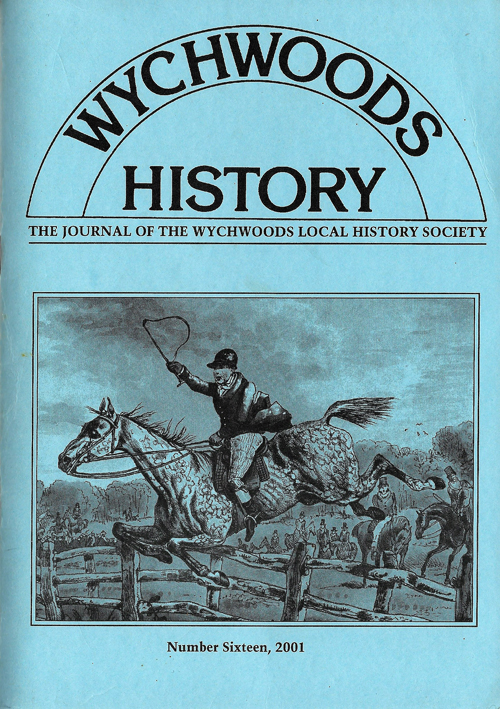- Foreword
- Hartley Heritage
- Shipton and the Foxe Family
- James Longshaw of Shipton, Musician
- Care in the Community Eighteenth-Century Style
- Ascott Tollgate Board
- The Millennium Fieldwalk
- Assigning Quarters in the Wychwoods 1939–45
- The Society’s Publications
Introduction to The Wychwoods Local History Society Journal No 16
Villages are sometimes described by historians as being remote and cut off from the outside world, particularly in earlier times. Their populations are thought to have been inward-looking and confined to one place. This can hardly be said of the Wychwood villages.
Jack Howard-Drake’s article about John Foxe talks of sixteenth-century travel, contact with the Tudor elite and aspects of a wider political world over two and a half centuries. Joan Howard-Drake’s study of the eighteenth-century poor law records of a small place like Leafield, a forest village, shows knowledge and acceptance of new ideas such as vaccination.
The story of the Hartley family, compiled by Trudy Yates, gives an account of how a farmer and his men moved in the nineteenth century and became well-established in a new community. It also relates countrywide sporting achievements by family members and has an entertaining picture of one particular Hartley ‘hunting’ man.
Keith Chandler has identified a local musician who in the nineteenth century played the fiddle for morris and other dancing in the towns and villages of this area.
James Longshaw must have had knowledge of other parts of the world from his father’s travels as a soldier.
John Rawlins describes the constant movement of people in the twentieth century into local parishes as a result of war. The first to come were Basque children refugees from the Spanish Civil War followed during the Second World War by London and Essex children, evacuees escaping from bombing in south-east England. Others who came were British and American servicemen and women, land girls and other war workers and German and Italian prisoners of war.
The article about the Ascott turnpike tollboard is a reminder from Wendy Pearse of the impact of better roads improving people’s ability to move about.
Wychwoods History Number Sixteen shows, as did our Millennium Exhibition and the book That’s How It Was – the story of women in the Wychwoods in the Second World War – that this area is not and never has been a backwater remote from the wider world.
Sue Jourdan, Joan Howard-Drake and Trudy Yates
[ Download Full Journal No 16 PDF here]
Full Archive of Journals – Contents, Introductions and PDF Downloads
[ No 1 ] [ No 2 ] [ No 3 ] [ No 4 ] [ No 5 ] [ No 6 ] [ No 7 ] [ No 8 ]
[ No 9 ] [ No 10] [ No 11 ] [ No 12 ] [ No 13 ] [ No 14 ] [ No 15 ] [ No 16 ]
[ No 17 ] [ No 18] [ No 19 ] [ No 20 ] [ No 21 ] [ No 22 ] [ No 23 ] [ No 24 ]
[ No 25 ] [ No 26 ] [ No 27 ] [ No 28] [ No 29 ] [ No 30 ] [ No 31 ] [ Journals Home ]


